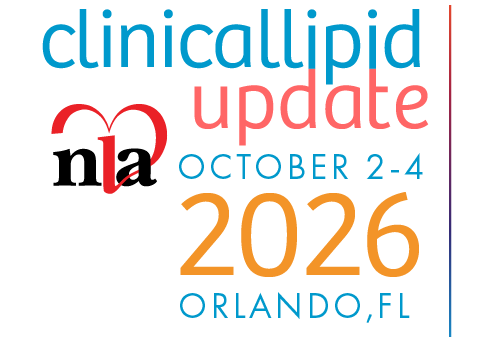Lifestyle habits can have a profound impact on atherosclerotic cardiovascular disease (ASCVD) risk. The National Lipid Association previously published recommendations for lifestyle therapies to manage dyslipidemia. This Clinical Perspective provides an update with a focus on nutrition interventions for the three most common dyslipidemias in adults: 1) low-density lipoprotein cholesterol (LDL-C) elevation; 2) triglyceride (TG) elevation, including severe hypertriglyceridemia with chylomicronemia; and 3) combined dyslipidemia, with elevations in both LDL-C and TG levels. Lowering LDL-C and non-high-density lipoprotein cholesterol are the primary objectives for reducing ASCVD risk. With severe TG elevation (≥500 mg/dL), the primary objective is to prevent pancreatitis and ASCVD risk reduction is secondary. Nutrition interventions that lower LDL-C levels include reducing cholesterol-raising fatty acids and dietary cholesterol, as well as increasing intakes of unsaturated fatty acids, plant proteins, viscous fibers, and reducing adiposity for patients with overweight or obesity. Selected dietary supplements may be employed as dietary adjuncts. Nutrition interventions for all patients with elevated TG levels include restricting intakes of alcohol, added sugars, and refined starches. Additional lifestyle factors that reduce TG levels are participating in daily physical activity and reducing adiposity in patients with overweight or obesity. For patients with severe hypertriglyceridemia, an individualized approach is essential. Nutrition interventions for addressing concurrent elevations in LDL-C and TG include a combination of the strategies described for lowering LDL-C and TG. A multidisciplinary approach is recommended to facilitate success in making and sustaining dietary changes and the assistance of a registered dietitian nutritionist is highly recommended.






.jpg)
.png)










